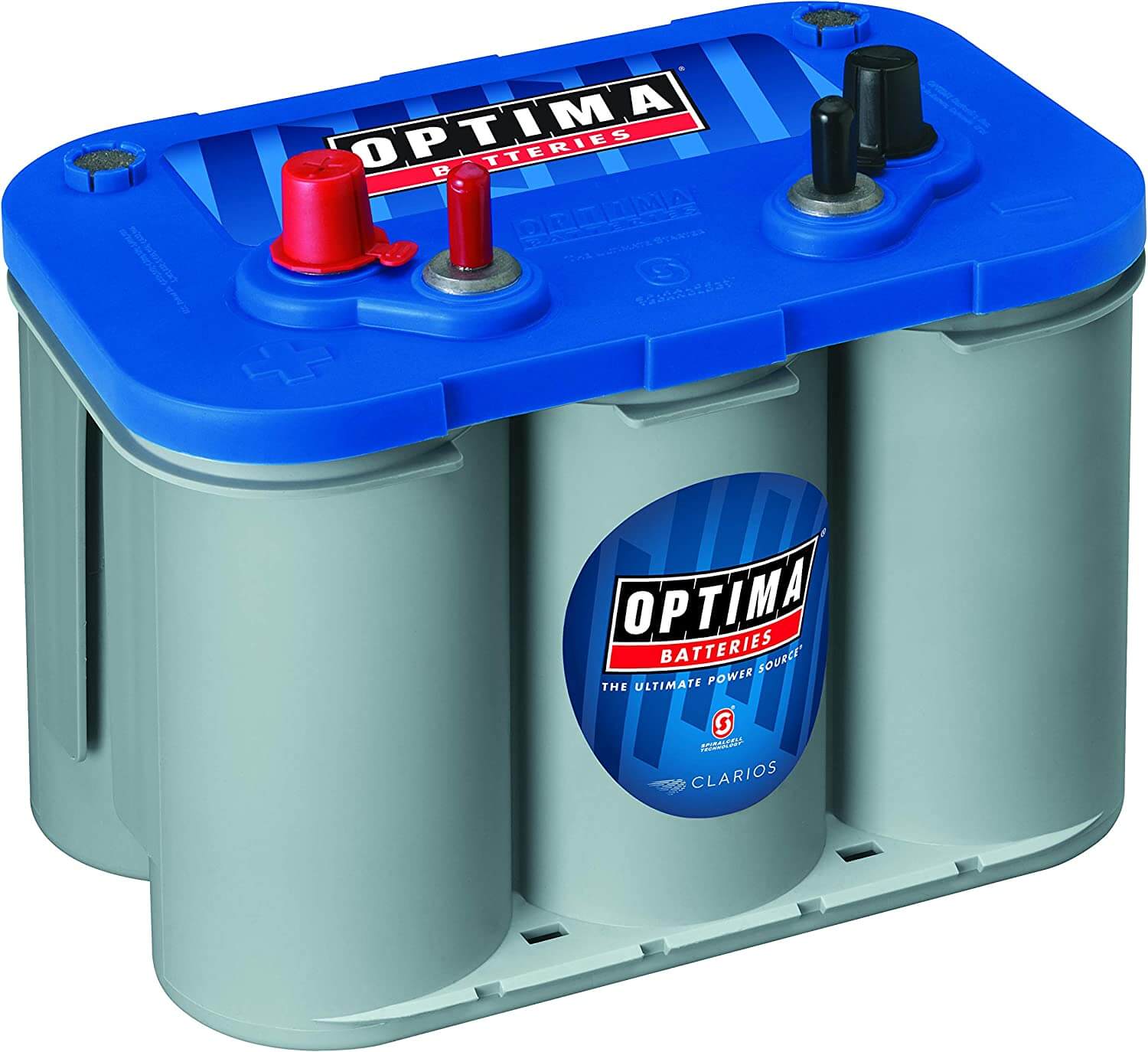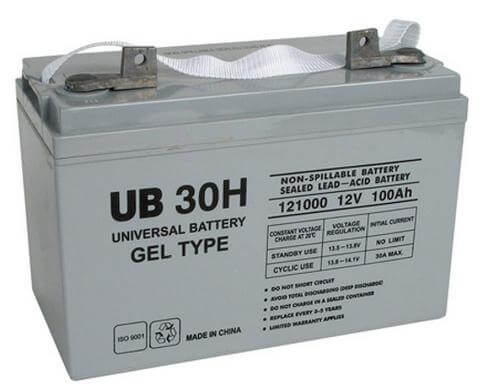What’s the difference between an AGM versus gel cell battery
What’s the difference between an AGM versus Gel Cell Battery?
Many people use the terms AGM and gel cell interchangeably. But they’re not the same and they can’t be substituted for one another. An absorbed glass mat battery (AGM) uses a liquid electrolyte that’s fully absorbed by a glass mat and held tightly against the lead plates. A gel cell battery uses a gelled electrolyte.
What started the confusion about AGM versus gel cell batteries?
It all started with the Optima spiral wound AGM battery.

An Optima battery is not a gel cell. It is an absorbed glass mat battery (AGM). It uses a liquid electrolyte, not gel
Because it’s sealed, people thought it was no different than other types of sealed lead acid batteries. So they referred to it as a gel cell type battery.
The Optima is not a gel cell battery. It is an AGM with a different plate structure. The spiral wound lead plates produce more power, can handle a deeper discharge and more charge/discharge cycles.
A gel cell battery doesn’t work well in automotive applications
Gel batteries are designed to produce low amps
for long periods of time, just the opposite of what you need in a car battery. The gel simply can’t conduct electron flow quickly enough to produce high starting amps needed to start an engine.
That’s why gel batteries are used in uninterrupted power systems (UPS), for their long run time. They’re also used to power alarm system during power failures.
They’re both valve regulated lead acid batteries (VRLA)
AGM and gel cell batteries do have some construction features in common. Both batteries recombine hydrogen gas and water during recharge to turn it back into electrolyte. And both have a high pressure release valve to vent the battery in cases of overcharge.
That’s where the term VRLA comes into play. It’s basically a pressure relief valve, kind of like the one on your home’s water heater. It’s a safety measure.
©, 2023 Rick Muscoplat
Posted on by Rick Muscoplat

